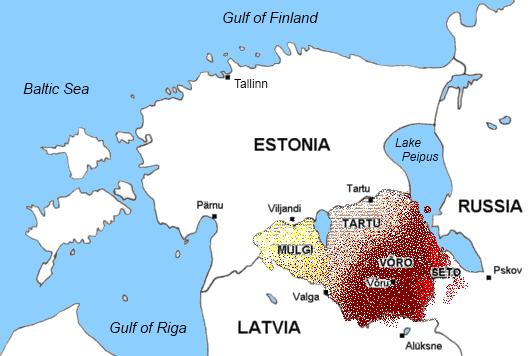Separable verbs and inseparable verbs in German are verbs whose meaning is altered by the addition of a prefix. So in its infinitive the prefix is added before the root verb. Inseparable verbs keep the prefix before the root verb in all tenses, thus being inseparable. Separable verbs have the prefix separated from the root verb in most tenses.
- Inseparable verb: bekommen (to receive), ich bekomme (I receive)
- Separable verb: ankommen (to arrive), ich komme an (I arrive)
Both verbs have the same root verb kommen (to come).
So the prefixes are used to change the meaning but the verb conjugation follows the pattern of the root verb.
Starting from December 16th, Verbix online conjugator shows in German verb conjugation tables the prefixes (inseparable/separable) and other verbs with the same prefix. In addition the root verb is shown along with different prefixes.
Continue reading Separable and Inseparable Verbs in German

